Carbon Offsetting & Travel Beyond
Conservation and sustainability greatly influence Travel Beyond’s ethos and company operations. As such, we are continuously exploring new ways to protect our environment, recognizing that the actions we take help us lead by example. The practice of carbon offsetting has become one important step toward protecting the ecosystems we love to explore.
Why Does Travel Beyond Offset?
The tourism industry contributes roughly 8% of the global carbon dioxide emissions and to the release of other greenhouse gases.
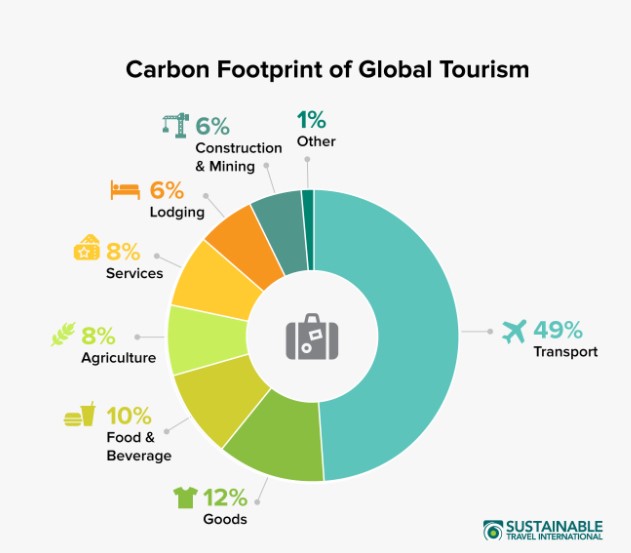
While carbon dioxide (CO2) is a naturally occurring gas, the amount entering the atmosphere due to tourism and other industries is more than our atmosphere can handle and, in turn, contributes to the greenhouse effect.
As a greenhouse gas, CO2 both absorbs and radiates heat. These functions are important in maintaining a comfortable average annual temperature (around 60 degrees Fahrenheit); but in excess, greenhouse gases can tip the earth’s natural balance, trapping too much heat and raising the average temperature. This then leads to global warming—which has resulted in the melting of ice caps, a rise in sea levels, an increase in natural disasters and more.
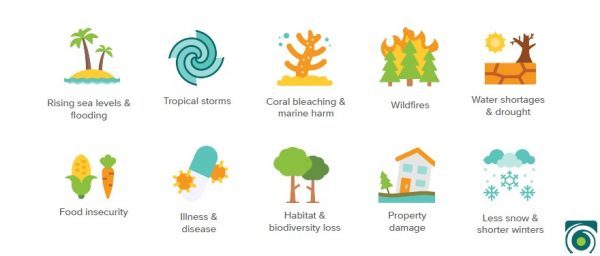
Travel Beyond believes carbon offsetting is one step we can take toward reducing emissions, minimizing these disasters, and protecting our environment.
What Is Carbon Offsetting?
Carbon offsetting is the process of counteracting the carbon emitted, by investing in projects that reduce other carbon dioxide emissions.
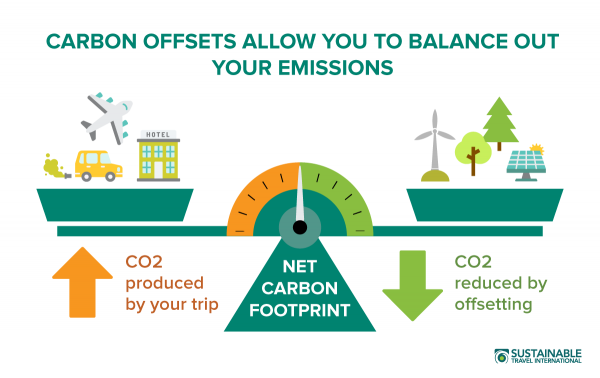
How Does Carbon Offsetting Work?
Step One: Calculating Your Carbon Footprint
The first step in offsetting is calculating your carbon footprint, or how much carbon you are emitting based on specific usage and behaviors. Some factors include commuting (distance and mode of transport), the size of living space, whether or not composting is available, and the number of individuals per household.
When it comes to travel it means determining how much carbon is used throughout the course of your trip– from the amount of electricity needed to power your hotels to the type and duration of your flights. Your “footprint,” or emission amount, can be calculated per day, month or year and is measured in tons. The quantity is computed by using either an online carbon calculator or, more formally, going through a full energy audit (run by independent companies).
Step Two: Determine the Amount of Offsets Needed
Using the calculation in step one, determine how many carbon offsets you need to buy to compensate for what’s consumed. These credits are purchased through an organization with a carbon offsetting platform and are often priced per ton. So, if you’ve calculated your emissions at 2 tons, you would buy 2 credits, which can cost anywhere from $7 to upwards of $50 per ton.
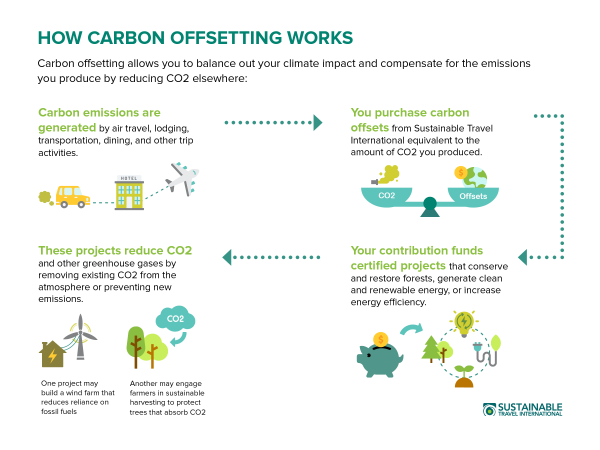
Steps Three & Four: Watch Your Carbon Offsetting Go to Work!
The offsetting credits you purchase go toward funding various projects that focus on addressing conservation issues such as reforestation, the generation of clean and renewable energy, and increased energy efficiency. By tackling issues such as these, the projects reduce or sequester CO2 emissions.
The offsets purchased (and projects funded) reduce an amount of carbon dioxide equal to the amount emitted through your travels.
Who is Travel Beyond’s Offsetting Partner?
We have partnered with Sustainable Travel International, a mission-driven organization dedicated to protecting our planet’s most vulnerable destinations. With twenty years of experience, the company promotes responsible tourism and actively assists companies in measuring, reducing, and offsetting their carbon footprints.
Sustainable Travel International supports projects within three main categories:
Forestry: Designed to protect, restore, and improve sustainable management of the planet’s forest ecosystems.
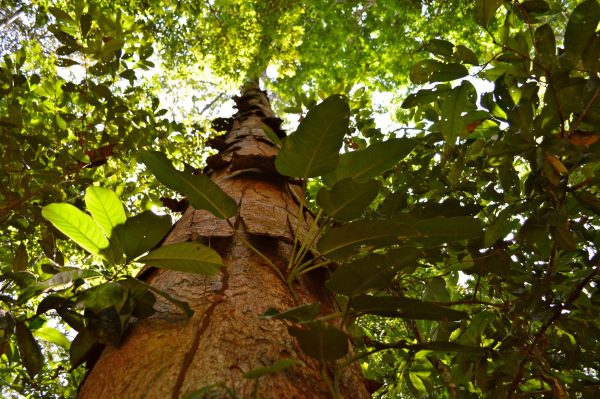
Energy: Created to decrease the amount of carbon generated from energy use, with a focus on clean energy and energy efficiency.
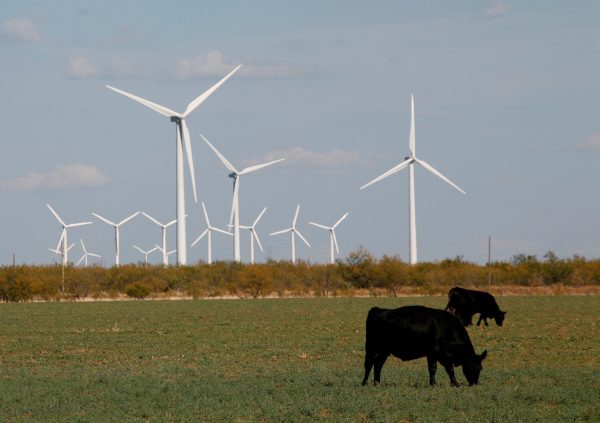
Blue carbon: Established to protect important coastal ecosystems through carbon sequestration and to minimize the harmful impacts of climate change.
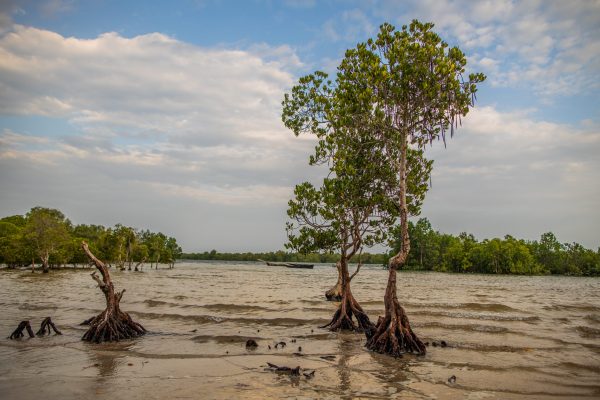
Each project has been carefully vetted and is continuously monitored to ensure the end goal is achieved. The projects also address additional aspects of sustainability beyond carbon emissions, including education, jobs and economic growth, responsible consumption and production, industry innovation and infrastructure, clean energy etc.
What Does This Mean for Travel Beyond?
We have partnered with Sustainable Travel International to offset the carbon footprint of all of our trips’ land arrangements beginning April 1, 2022. This means that all Travel Beyond trips now include the price to offset the emissions that arise from activities, accommodations, transportation etc. from the time of arrival into your destination through departure.
We have calculated the average carbon footprint for our most common itineraries in each of our areas of specialty (Africa, Latin America and Southeast Asia). Using high-end calculators, we included a wide variety of activities to ensure we accounted for emissions from every possible angle. When in doubt, we erred on the side of over-estimating expected emissions, rather than under-estimating.
Travel Beyond is proud to be a Climate Ranger with Sustainable Travel International.
